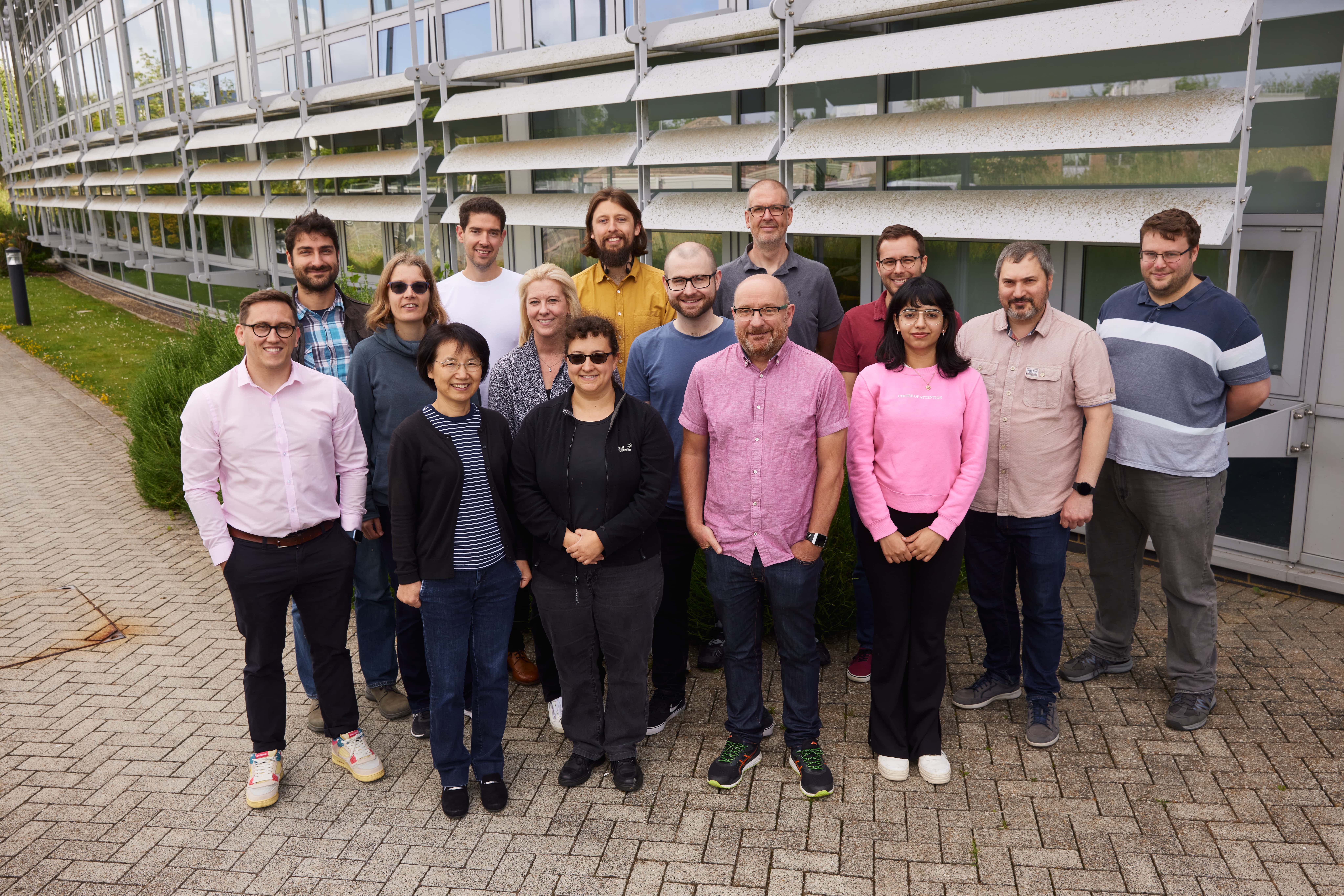Dr Daniel Clare
Dan has always been interested in the relationship between the three-dimensional structure of proteins and their function. In his research career he initially used electron crystallography to study the structure of integral membrane proteins. However, over time Dan has become more interested in larger biomolecular complexes, and so he turned to single particle electron microscopy (EM) as a method to investigate these larger structures. Initial EM studies on the GroEL-GroES complex determined its conformation in different nucleotide states and how it interacts with its substrate proteins. To improve the efficiency of their data collection methods they travelled to the SCRIPPS research institute, on a number of occasions, to collect data using Leginon automated data collection system. Automated data collection in combination with statistical methods allowed them to describe in detail the changes ATP induces on the conformation of GroEL.
During the last few years Dan has become more interested in even larger biological systems and has focused on the preparation methods and data acquisition for electron tomography. To facilitate this he has taken part in the NIBSC cryo preparation course (2009) and the IMOD image processing course (2011). Using these techniques, in collaboration with cell biologists, they have identified that the obligate intracellular pathogen Chlamydia assembles a pathogen synapse in order to hijack the host endoplasmic reticulum during its infection cycle. They have also used electron tomography to understand the organization of the cytoskeleton at the cortex of multiciliated cells in the trachea of wild type and Galectin-3 knock out mice. Dan has also been involved with electron tomography projects looking at both prions and Plasmodium falciparum.
Dan has also kept up his interest in protein structure and virus structures and was able to reconstruct a plant virus, BSMV, to a resolution that could be used to generate a pseudo atomic model. This was the first time that BSMV was reconstructed with that level of detail. In 2014 he was involved with the testing and setting up of two of the new direct electron detectors at Birkbeck. One of the test samples Dan used was TMV, a helical plant virus of known structure, that he was able to get to reconstruct at a resolution where side chains could be easily identified, and an atomic structure determined (not published). They also showed with this sample that you could achieve this with both integrating and counting direct electron detectors.

Research Interests
- Viral assembly and exit
- Cryo-EM pipelines
- High-throughput Tomography




